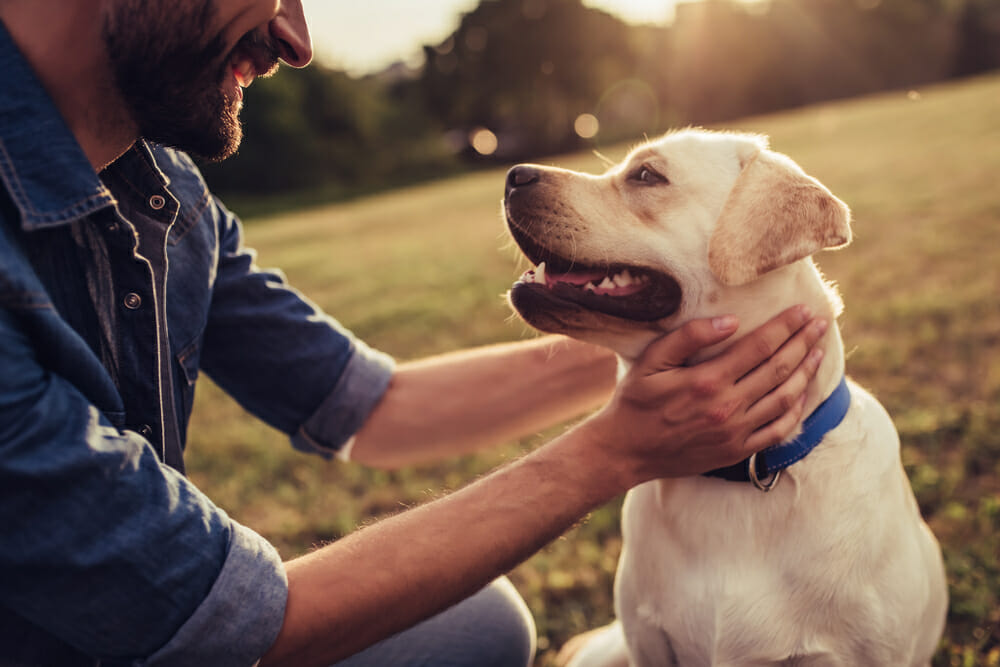
Cat Dental Care
Did you know that every year in your cats’ life is like 7 for you? Can you imagine what your teeth would look like if you didn’t see your dentist for seven years?! Good oral health is just as important for our pets as it is for us. There are many ways you can care for your cat’s dental health at home. Sometimes, in-clinic care in the form of a complete oral health assessment and treatment under sedation is needed. Call us about our complimentary dental health assessments today!
What is involved in a dental cleaning procedure?
Dental cleanings at our veterinary hospital are not that different from what you experience at your dental office – only our patients have more fur and don’t like to sit still! Even the best-behaved pet is not able to undergo a dental cleaning without sedation, and for this reason, pets are admitted to the clinic in the morning and spend the majority of the day with us. Our dental cleanings begin with a pre-anesthetic blood panel. This blood work lets us assess your pets’ internal health, looking closely at organ function and blood cells to allow us to tailor the necessary anesthesia to your kitty. Once your pet has been anesthetized, an oral health assessment is performed to identify any areas of concern. Teeth deemed unhealthy are extracted to rid your kitty of pain and infection. Tartar and plaque are removed using manual and ultrasonic scaling techniques. Once the teeth have been cleaned, they are then polished and rinsed. With each step, attention is paid to all surfaces of all teeth both above and below the gum line. During the cleaning, special care is taken to monitor your pets’ vital signs and keep them warm and stable. Pain control is always at the top of our mind for us and we pay close attention to ensure your pet is kept comfortable.
What are signs of dental problems in cats?
Dental disease begins early on in many pets, as early as two years of age! You may not spot dental disease if you aren’t looking for it. Some common signs include bad breath, red/inflamed gum line and/or bleeding from the mouth, dropping food/decreased appetite, chewing on one side of the mouth, facial swelling, grinding teeth, pawing at the mouth and of course, dirty/discoloured teeth.
Are some breeds more susceptible than others?
Certain breeds of cats who have a shorter nose (like Persians and Exotic Shorthairs) tend to be more prone to dental issues as their teeth are more tightly packed. When there is little to no space between the teeth food becomes lodged, and bacteria now has a nice place to grow. It is this bacteria that leads to plaque, tartar and gingivitis.

